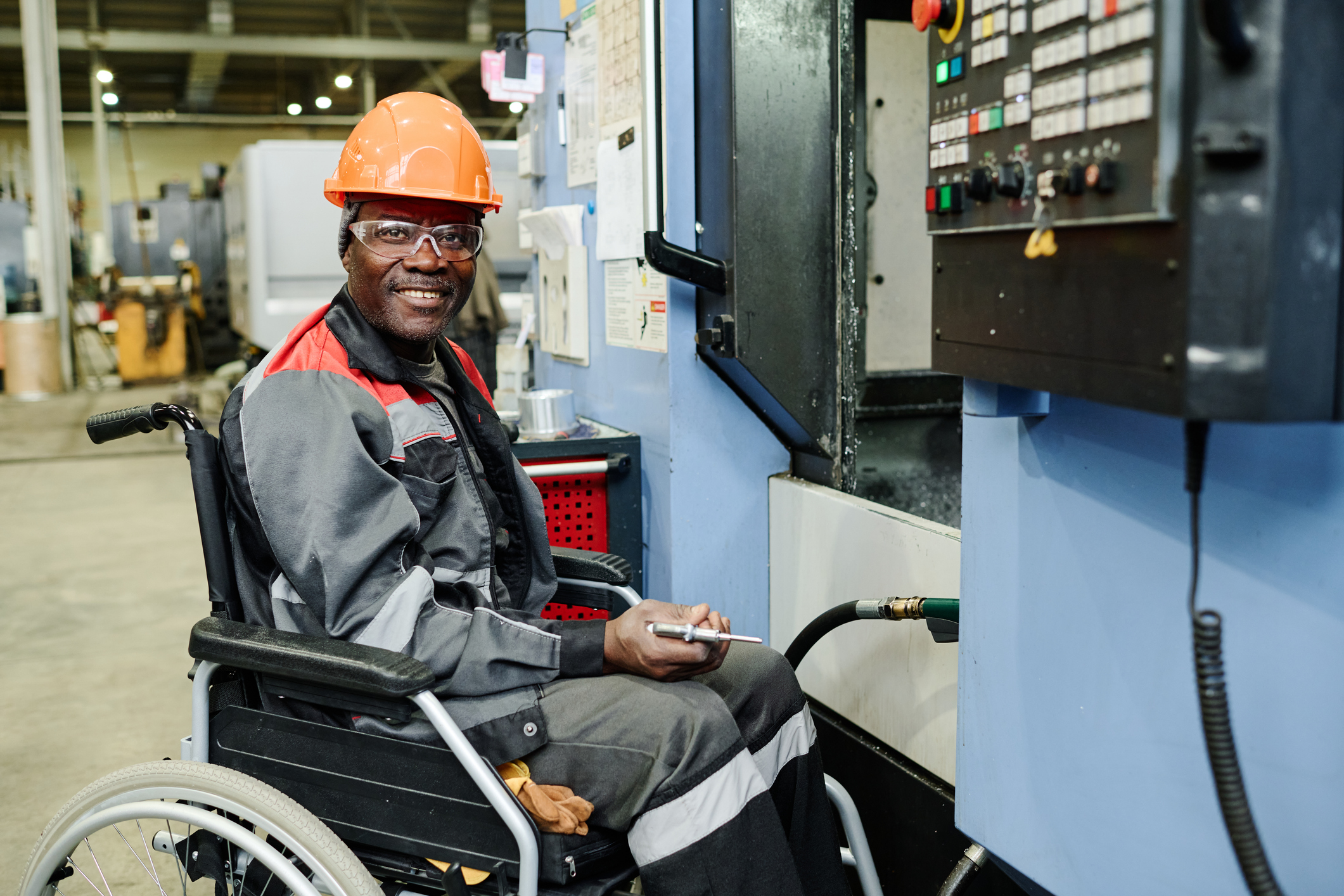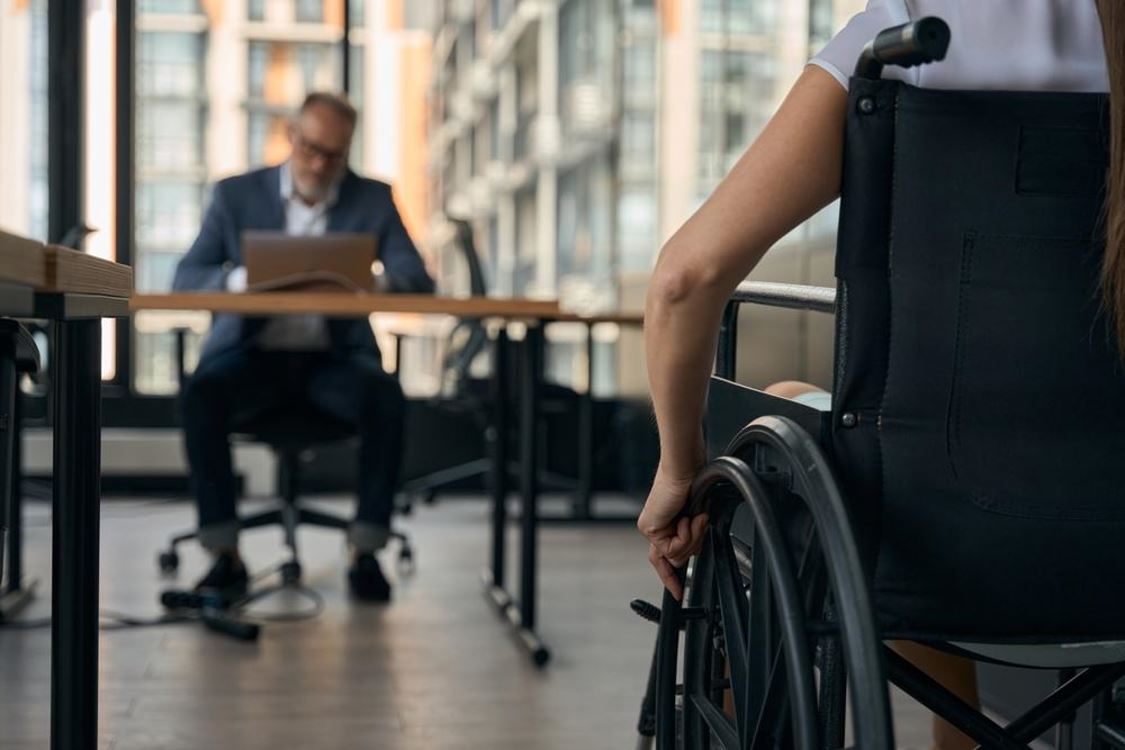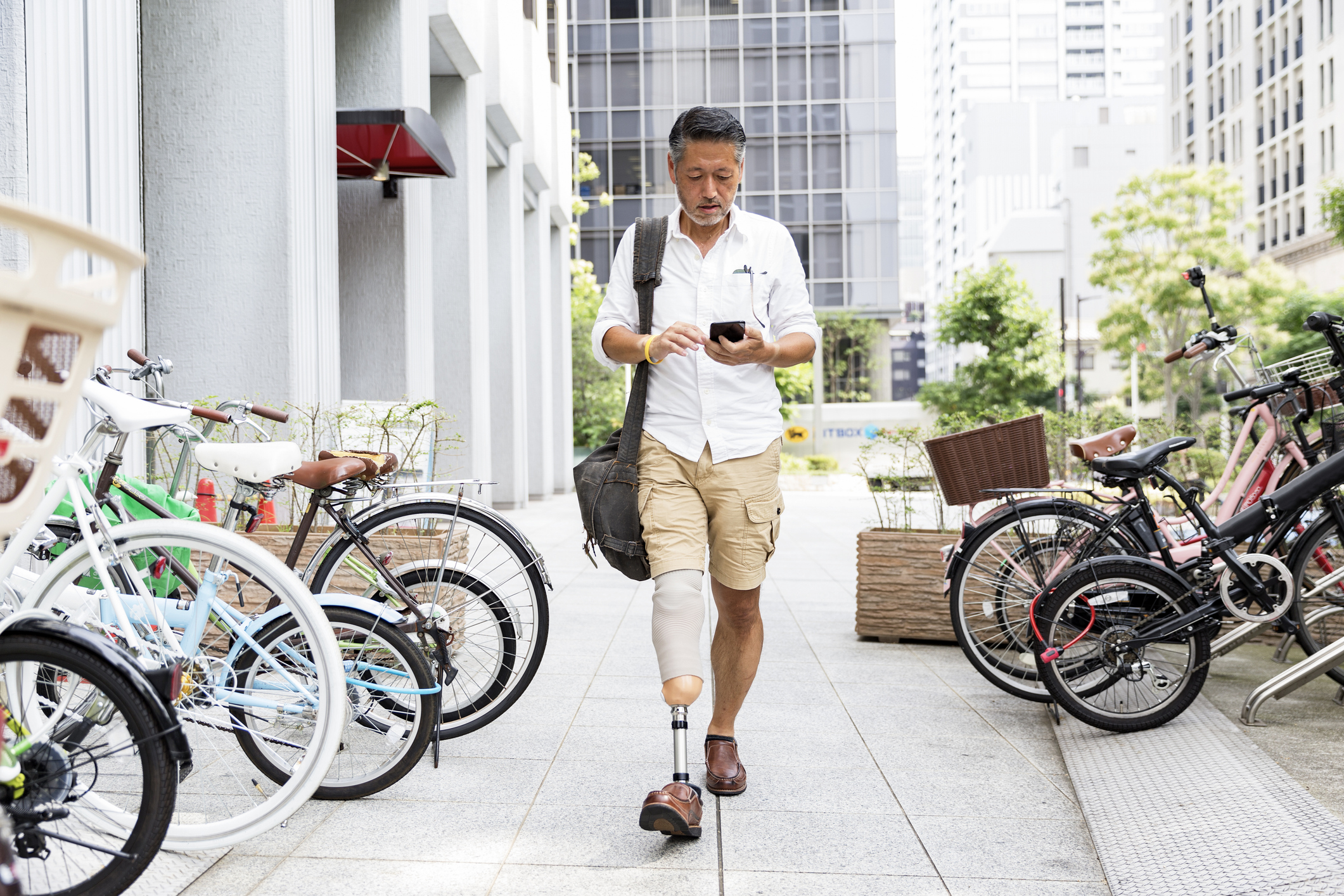Overcoming Barriers To Employment For People With Disabilities

If you are living with a disability and considering a return to work, it's important to know that support and options are available. You may seek employment that offers greater independence or helps meet personal or family needs.
While looking for a new job is a challenge for anyone, there are additional barriers to employment for people with disabilities. These range from physical inaccessibility and social stigma to transportation limitations and concerns about losing disability benefits. These hurdles are real, but not unbeatable. With the right knowledge, resources and support, you can clear a path forward to meaningful employment that works for you.
This article will walk you through the most common barriers to employment for people with disabilities and offer practical strategies to overcome them. If you are receiving Social Security Disability Insurance (SSDI) you may also use the Ticket To Work (TTW) Program. We’ll answer important questions such as:
- Why is it hard for people with disabilities to get jobs?
- Are people with disabilities less likely to be hired?
- How would having a disability affect your ability to have a job?
- Why is the employment gap for people with disabilities so consistently wide?
- How does ableism impact the hiring process for people with disabilities?
Recognizing The Barriers To Employment For People With Disabilities
Picture two people at the starting line of a race. One has a clear, straight path. The other has to jump over hurdles every few feet. That’s often what the job market feels like for individuals with disabilities.
This raises our first common question: Why is it hard for people with disabilities to get jobs?
The short of it is there’s a lot more for people with disabilities to contend with beyond just the job search. Systemic issues, social attitudes and accessibility problems can make it more complex than it needs to be. Additionally, you may be needing to develop a new career path. Overall, these barriers help explain why there’s such a wide employment gap for people with disabilities and recognizing them is the first step to overcoming them.
Breaking Down The Barriers: Problems & Solutions
You might think the main barrier would be the physical or mental challenges your disability presents. In truth, there’s much more resistance coming from the employment landscape. In fact, implicit bias tests have demonstrated that a large majority (including some individuals with disabilities themselves) show preference to candidates without disabilities. This indicates exactly how ableism impacts the hiring process for people with disabilities.
Social And Attitudinal Barriers
Bias and misunderstanding are unfortunately common. Some employers still underestimate what people with disabilities can do. You might encounter hiring managers who hesitate to give you a chance or coworkers who exclude you from shared projects and workplace culture.
Statistics bring this into focus. For instance, 25% of disabled workers report experiencing discrimination during the job interview process, and experimental studies found that applicants who disclose a disability receive significantly fewer expressions of employer interest than those who do not. Changing social attitudes takes long-term effort, yet you can still overcome this now.
Solution: Advocate for yourself. Design your resume to focus on skills and capabilities. Practice your interview responses to speak confidently and emphasize your strengths. Role-play with a vocational case manager or use Allsup Employment Service’s (AES) mock interview services to develop confidence. You can also share educational resources with employers to help them see beyond the stereotype.
Fear Of Losing Benefits
One of the most common—and understandable—concerns is the fear of losing your SSDI, Supplemental Security Income (SSI) or Medicare if you return to work. After working hard to qualify for these benefits, the idea of putting them at risk and possibly upending your stability can stop you in your tracks.
Solution: Leverage available programs. The Social Security Administration (SSA) designed the TTW Program to help people return to work without immediately losing their benefits. You can use a Trial Work Period (TWP) to test your ability to work without affecting your eligibility. After that, the Extended Period of Eligibility (EPE) and Expedited Reinstatement (EXR) offer additional protections.
The system is complex, yes—but you don’t have to figure it out alone. With the help of an SSA-authorized Employment Network such as Allsup Employment Services, you can create a plan that fits your unique needs, ensures compliance with SSA rules and maintains your benefits while you focus on your return to work.
Accessibility Challenges
It’s hard to do your best work when the space itself isn’t usable. You may encounter buildings without ramps, elevators that don’t reach every floor or workstations that don’t work for you. Digital barriers can be just as limiting—job applications that aren’t screen reader-friendly, or training software that requires a mouse when you use voice control. These are some of the more tangible barriers to employment for people with disabilities.
Solution: Know – and use – your rights. The first step is to familiarize yourself with the Americans with Disabilities Act (ADA). You have the right to request reasonable accommodations, such as adjusted furniture, assistive technology or even remote work options. Sources like the Job Accommodation Network (JAN) can help you understand your options and how to ask for them.
Allsup Employment Services can also help you understand what might be available to match your work environment and abilities.
Accommodation Myths
Many employers overestimate the cost or complexity of accommodations. In reality, most accommodations cost nothing or very little to implement. Yet the lack of awareness can still result in missed opportunities for you.
Solution: Know what a “reasonable accommodation” is—and isn’t. It could be something as simple as modifying your schedule, using specialized software or having a quieter workspace. You can find helpful language and request templates on ADA.gov or through JAN. And if you’re not sure how to start that conversation, AES can help you craft a request and advocate on your behalf.
Educational And Training Gaps
You may feel ready to work—but your resume doesn’t reflect the direction you want to go. Perhaps your education was interrupted, or you’ve been out of the workforce for several years. Either way, the speed of the industry you want to enter or return to may be moving faster ahead than you were able to maintain as you managed your disability.
Solution: Utilize affordable or free training. There’s a lot out there so it’s a matter of finding and engaging with it. Platforms like Coursera or edX offer certificates you can complete online and at your own pace. You can also connect with state vocational rehabilitation (VR) programs to access specialized training. Through the TTW Program, you can even access career development resources directly—with no cost to you. AES can refer you to tools and help you chart a path toward your employment goals.
Transportation And Environmental Challenges
For many people with disabilities, their conditions prevent or interfere with driving or sometimes even taking public transit successfully. This is often overlooked—but it can be one of the biggest challenges. Without the means to get to work and back home, even the perfect job can feel out of reach.
Solution: Focus on remote or hybrid opportunities. You can work from home with the right setup. If your job requires commuting, look into paratransit services, local mobility programs or rideshare discounts. Planning your job search around what’s accessible can also save stress in the long run. If you need help identifying remote jobs or building a transportation plan, Allsup Employment Services can guide you.
Lack Of Support And Guidance
Finding a job is hard enough. Doing it without support can feel impossible. You might not know where to start or how to manage application processes, interviews or SSA rules.
Solution: Leverage available programs. This is where Employment Networks like AES come in. As part of the TTW Program, AES provides services like resume writing, job coaching and benefits guidance—at no cost to you. You can also build your own support team with help from family, mental health providers or career counselors.
Mental Health And Motivation
Your mindset matters. You may be facing anxiety, depression or burnout—and those emotional hurdles can be just as challenging as any physical barrier. Re-entering the workforce after time away may stir up self-doubt or fear of failure.
Solution: Allow yourself grace and celebrate whatever possible. Take small steps. Celebrate wins like updating your resume, completing a training module or scheduling an informational interview. Lean on organizations like Mental Health America, the National Alliance on Mental Illness or peer-led support groups for encouragement. And remember: AES is here to keep you motivated and moving forward with practical, one-on-one guidance.
Help From Ticket To Work And Allsup Employment Services
The Ticket to Work Program is a free, voluntary program offered by the SSA. If you’re aged 18 through 64 and receive SSDI or SSI, you’re eligible to participate. It’s designed to help you prepare for, find and maintain employment—without jeopardizing your benefits during the transition.
You’re not required to join the program, but choosing to use your “ticket” gives you access to powerful resources through approved Employment Networks like AES.
Allsup Employment Services is an SSA-authorized EN for the Ticket To Work Program. We have over 10 years of experience helping thousands return to work successfully – and overcoming barriers to employment for people with disabilities. We can help guide you through the SSDI work incentives on your return-to-work journey.
The Ticket To Work Program helps you protect your SSA disability benefits, and working with AES you can:
- Earn More. Make as much income as you choose during the Trial Work Period and protect your full SSDI benefits.
- Stress Less. Avoid medical disability reviews and the worry that comes with them.
- Keep Medicare. While working, you can keep Medicare for over seven years.
- Avoid Risk. If you stop working anytime within five years, your SSDI benefits can resume through a reinstatement process.
- Pay Nothing. As a Social Security-authorized Employment Network, our services are provided at no cost.
Choosing AES means working with an EN who’s focused on your goals and will work with you every step of the way.
Get started with no cost and no obligation.
You can reach Allsup Employment Services today by calling 866-540-5105 or requesting a call.
Related Articles

Preparing a Return to Work
How To Know It's Time To Return To Work After A Disability

Preparing a Return to Work
Flexible Jobs For People With Disabilities Returning To Work

Preparing a Return to Work
Building Confidence To Get Back To Work With A Disability
Subscribe To Be Notified When A New SSDI + Work Blog Is Posted
Provide your email address here
